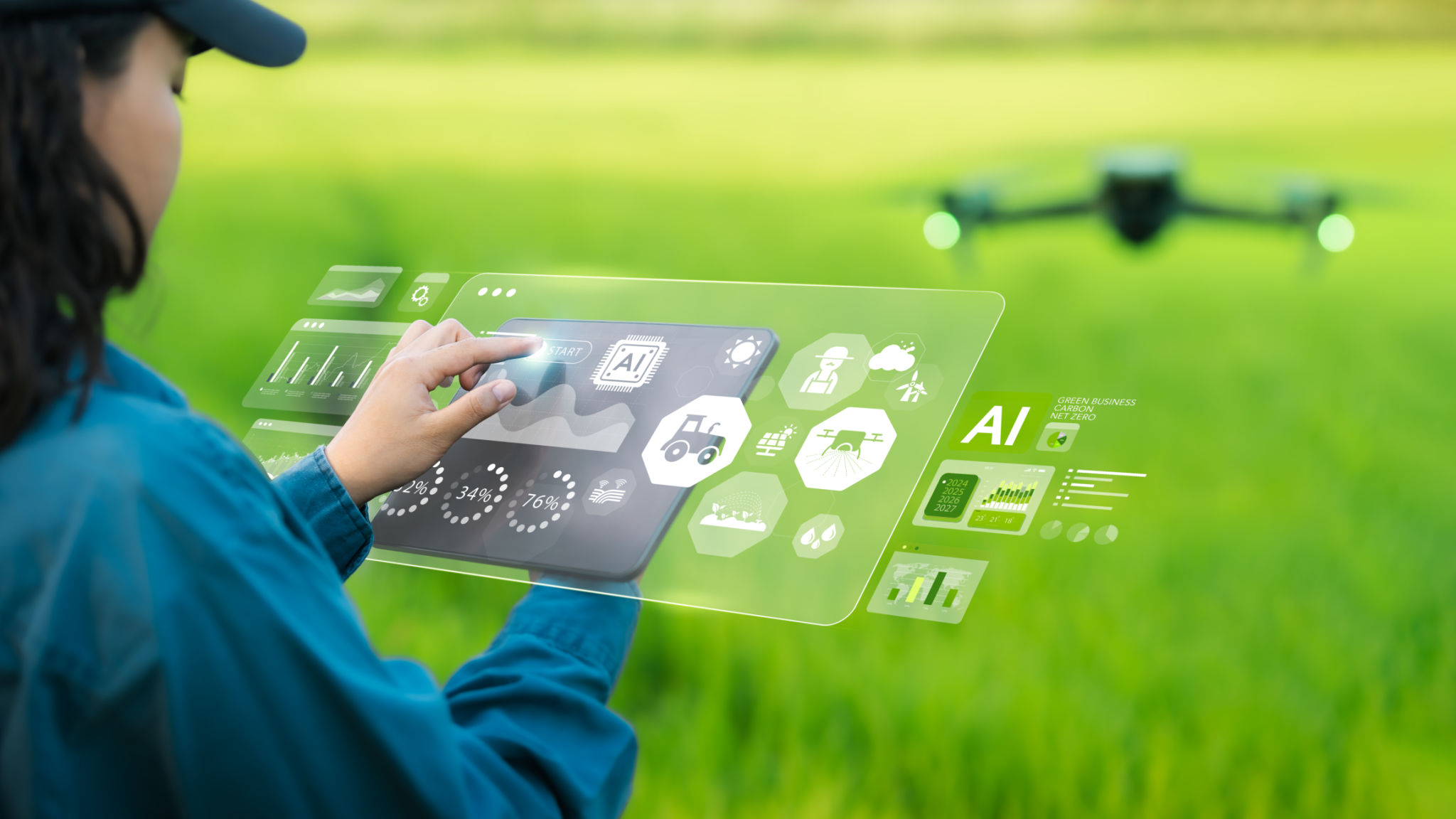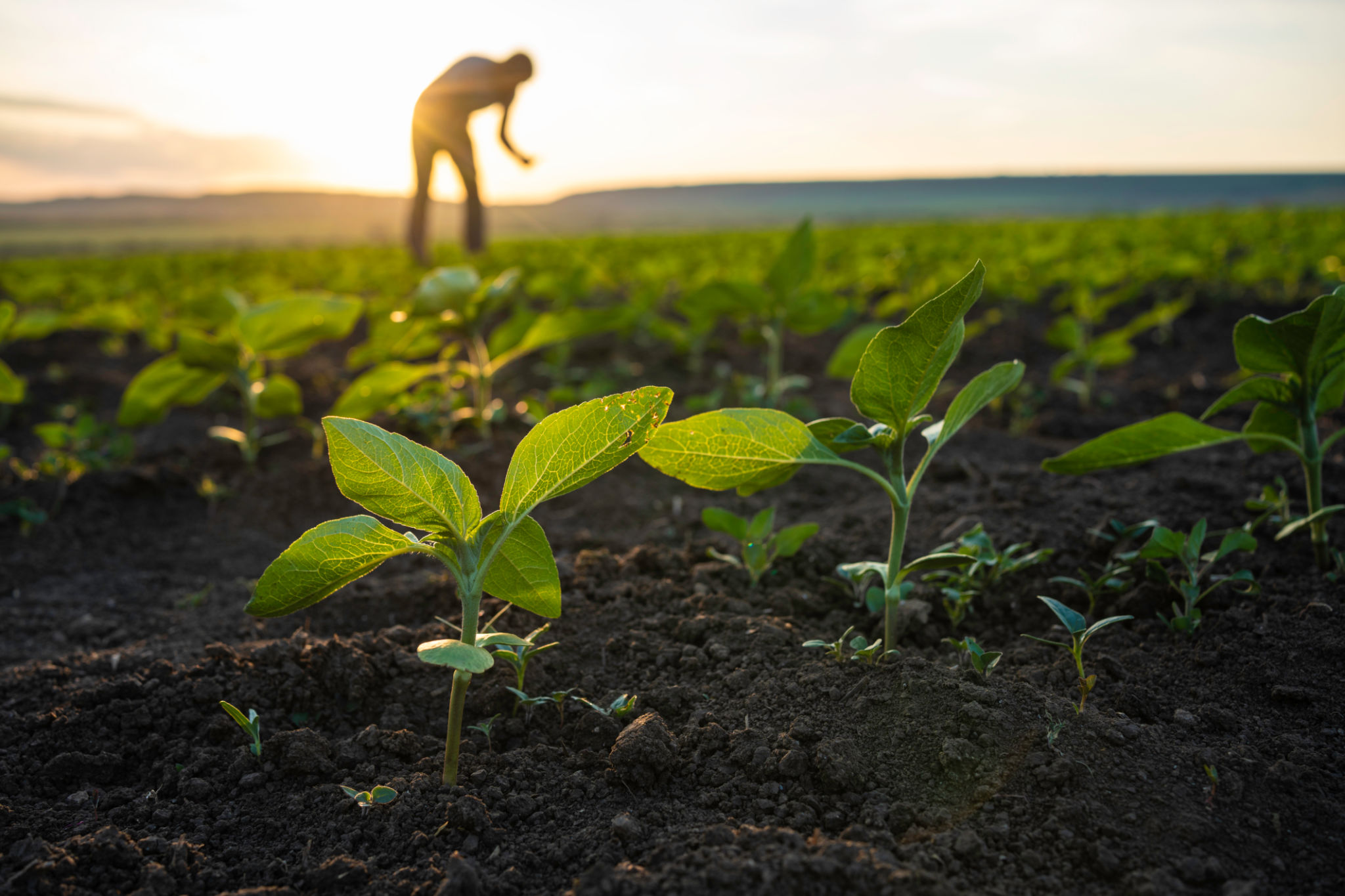Innovations in Floating Covers for Agriculture: Protecting Water Resources
Introduction to Floating Covers
In the ever-evolving world of agriculture, water conservation is a critical concern. One innovative solution gaining traction is the use of floating covers. These covers offer a practical way to protect water resources while enhancing agricultural efficiency. By providing a barrier against evaporation and contamination, floating covers are transforming how water is managed in agricultural settings.

The Need for Water Conservation in Agriculture
Agriculture is one of the largest consumers of freshwater worldwide. With growing populations and changing climates, the pressure on water resources is immense. Farmers are increasingly turning to innovative technologies like floating covers to mitigate water loss. These covers are particularly beneficial in regions facing droughts, where every drop of water counts.
Floating covers not only prevent water evaporation but also help maintain water quality by reducing algae growth and contamination from external pollutants. This dual function makes them an ideal solution for sustainable farming practices.
How Floating Covers Work
Floating covers are designed to rest on the surface of water bodies, such as reservoirs and irrigation ponds. Made from durable materials, they form a protective layer that minimizes exposure to the elements. This design effectively reduces water loss through evaporation by up to 90%.

Benefits of Using Floating Covers
- Evaporation Reduction: By covering water surfaces, floating covers significantly reduce the amount of water lost to evaporation.
- Improved Water Quality: These covers act as a barrier against debris and pollutants, maintaining cleaner water.
- Cost-Effective Solution: Over time, the reduction in water loss translates to cost savings for farmers.
Additionally, floating covers can help regulate water temperature, creating a more stable environment for aquatic life and irrigation purposes.
Innovations in Floating Cover Materials
Recent advancements have led to the development of more durable and efficient materials for floating covers. Modern covers are often made from UV-resistant polymers that withstand harsh weather conditions, ensuring longevity and effectiveness.

These materials are also designed to be lightweight and easy to install, making them accessible for farms of all sizes. Furthermore, some floating covers now incorporate solar panels, providing renewable energy opportunities for agricultural operations.
Challenges and Considerations
While floating covers offer numerous benefits, there are challenges to consider. Initial installation costs can be significant, although these are often offset by long-term savings. Additionally, selecting the right material and design for specific agricultural needs is crucial to maximize effectiveness.
Farmers must also consider local regulations and environmental impacts when implementing floating cover systems. It is essential to work with knowledgeable suppliers who can provide guidance tailored to individual farm requirements.
The Future of Floating Covers in Agriculture
The ongoing innovation in floating cover technology holds great promise for the future of agriculture. As more farmers adopt these systems, we can expect further improvements in design and materials, enhancing their effectiveness and accessibility.

This technology not only addresses current water conservation challenges but also positions agriculture for a more sustainable future. By investing in innovations like floating covers, the agricultural industry can better protect vital water resources while meeting the growing demands of global food production.
